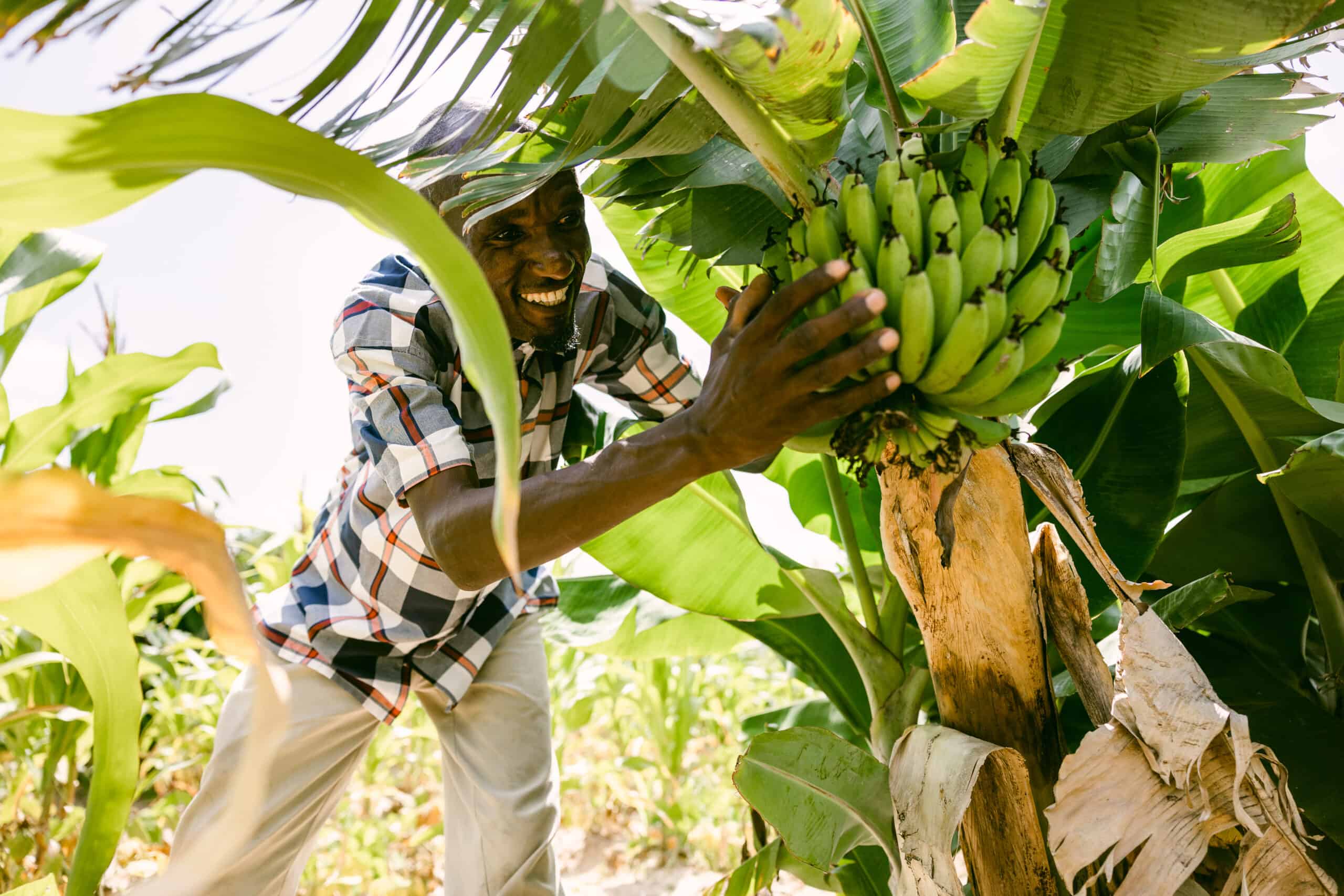Transportation, plastic pollution, clothing and consumer products… all these things and more are contributors to ongoing environmental degradation on a global scale. But one (very large) contributor doesn’t always get the attention it deserves – food systems.
The rise of industrialized agriculture in the 1900’s paved the way for clear cutting trees, spraying chemicals and fertilizers, polluting freshwater sources… all in an effort to produce more food. The result has been catastrophic for our environment. Today, food systems are leading causes of greenhouse gas emissions, deforestation, desertification, water pollution, and species loss.
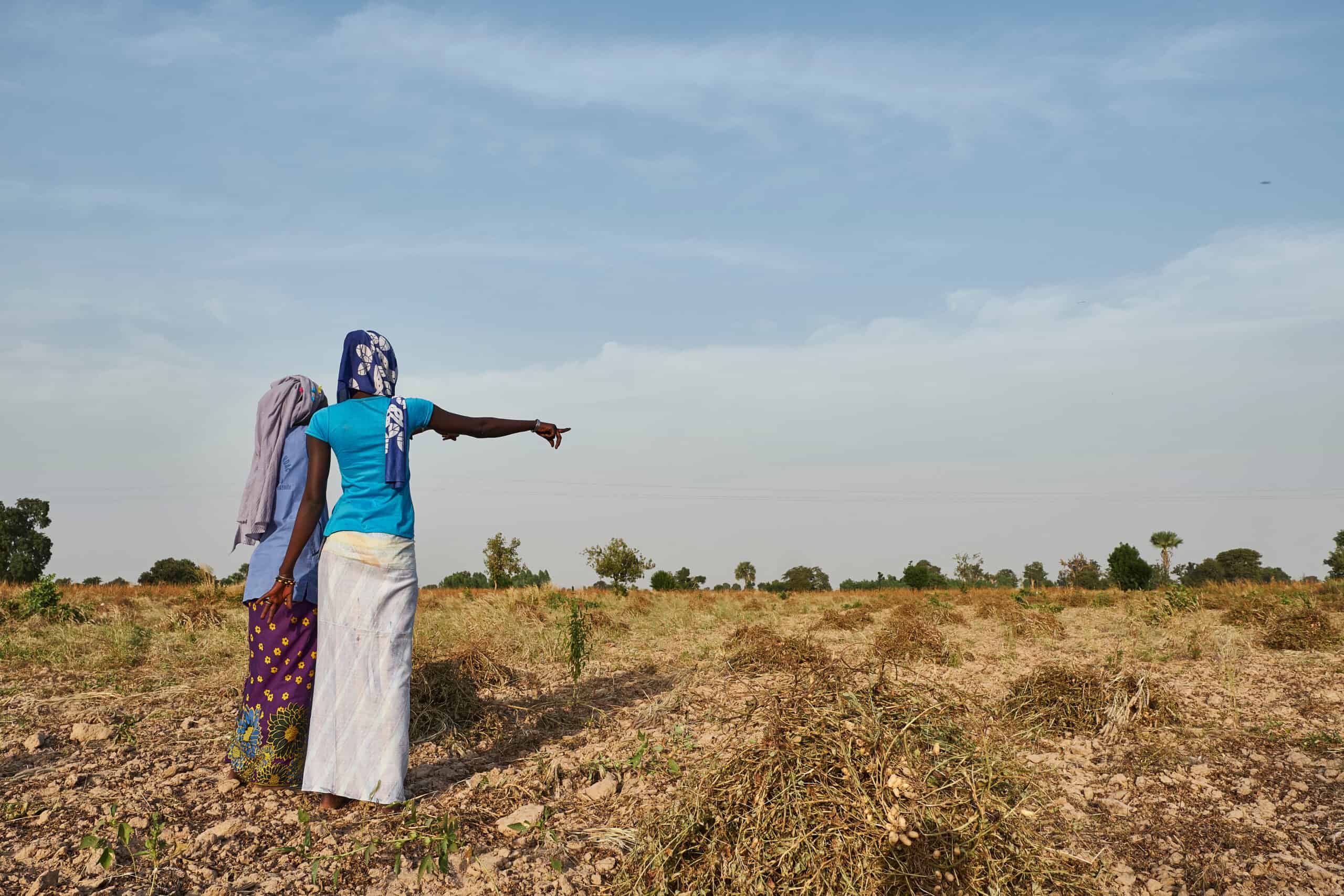
Quick Stats: Food Systems’ Impact on Our Planet
Emissions
Food systems are responsible for roughly a quarter to one third of global greenhouse gas emissions every year. Estimates fall between 21% – 37%. Emissions come from farming and land use, processing, packaging, transport, and retail. (IPCC)
Deforestation
Global deforestation increased dramatically in the late 1900’s due to industrialized agriculture. Today, it’s estimated that 75% of global deforestation is tied to agriculture. (CGIAR)
Land Degradation & Desertification
Over 75% of Earth’s land is degraded (JRC) and desertification in dryland regions is increasing. Drylands cover nearly half of the global land area. 3 billion people live in dryland regions. 9% of drylands are considered desertification hotspots. Affecting 500 million people, these hotspots are marked by a decrease in vegetation. (IPCC)
Water Pollution
Farming is responsible for 70% of our global freshwater consumption. Runoff from farms and major operations like livestock feedlots contributes to 78% of global ocean and freshwater eutrophication. (Eutrophication is a type of water pollution caused by nutrient-rich water entering waterways.)
Species Loss
Biodiversity is declining at alarming rates and the global food system is the leading cause. Of the 28,000 species at risk of extinction, farming is threatening 24,000 – that’s 86%. (UNEP)
A Vicious Cycle
As food systems contribute to climate change and the global environmental crisis, the food system itself feels the effects of climate change acutely. Higher temperatures, extended periods of drought, and desertification all create devastating challenges and losses for farmers and the agriculture industry.
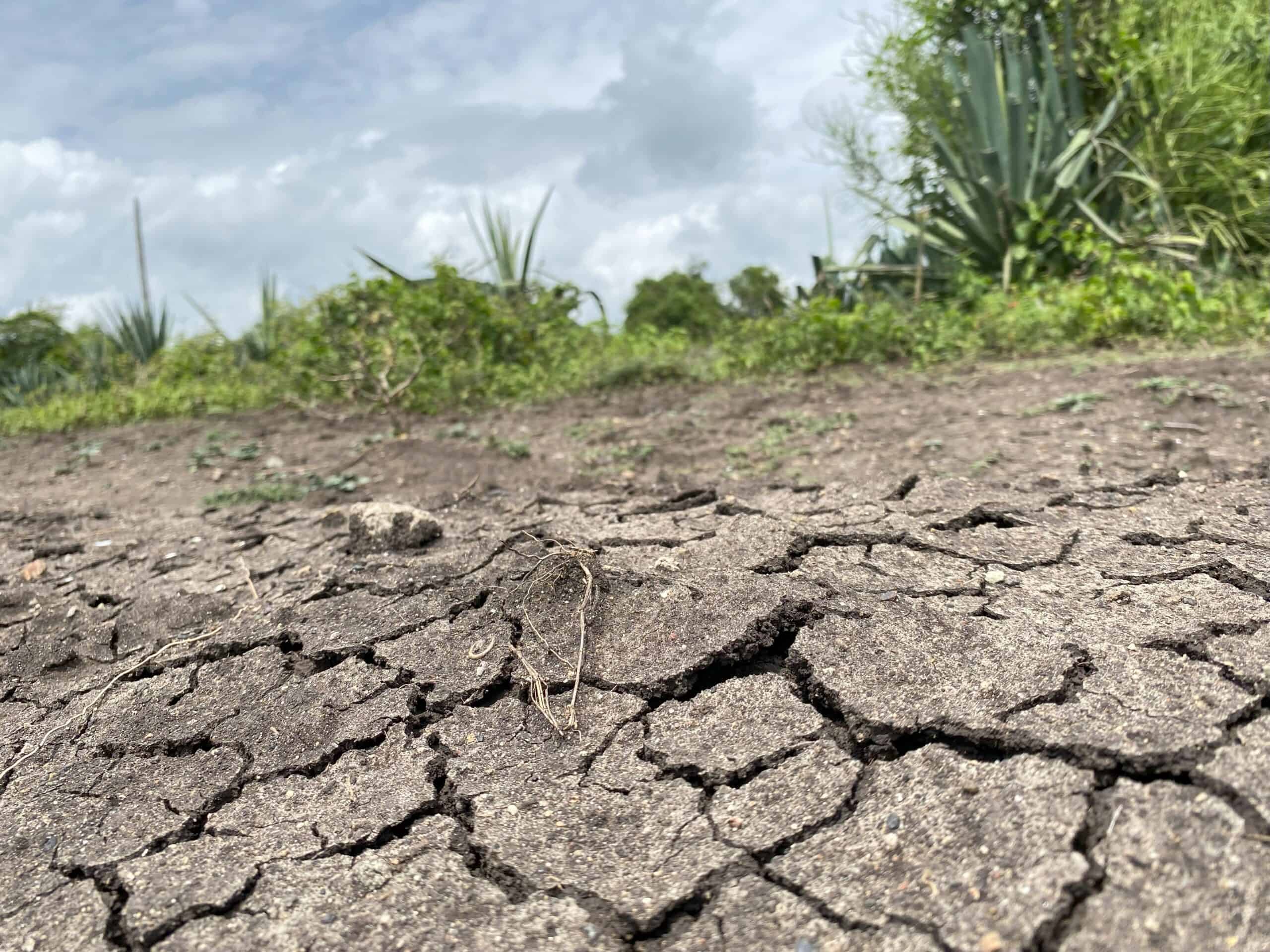
Quick Stats: Impact of Climate Change on Food Systems
Higher Temperatures
Drought & Extreme Weather
In Africa, drought and water stress is affecting 250 million people and could displace up to 700 million people by 2030 (WMO). Extended periods of drought, along with major flooding events, are dramatically affecting farmers’ ability to plan the planting and harvesting of crops and are directly tied to hunger trends.
Desertification
Desertification reduces farmable land and strains the food system. According to the IPCC, “climate change and desertification are not the sole drivers of food insecurity, but especially in the areas with high dependence on agriculture, they are among the main contributors.”
The Harm Doesn’t Result in Enough Food
Despite the efforts to feed a growing population, modern farming techniques have failed to end hunger and poverty as we know it.
Global Hunger
828 million people around the world were affected by hunger in 2021. It’s estimated that 8% of the global population, 670 million people, will be facing hunger in 2030. (WHO)
Hunger in Africa
In Africa, families are disproportionately affected by hunger because of challenging growing conditions, conflict, and lack of social services. One in five people on the continent are hungry. This is felt most severely in sub-Saharan Africa where 146 million people are living in acute hunger. (IFRC)
Poverty in Farming
70% of people in Africa are dependent on agriculture as a livelihood, but generational poverty shows that the current way of farming isn’t paying the bills. In sub-Saharan Africa, 40% of the population is living below the poverty line. (WEF)
Finding a Sustainable Solution
Food systems pose a unique challenge and opportunity as both a top offender in the environmental crisis and the industry responsible for meeting our most basic need. A solution to this cycle is key as food systems are vitally important to every human being on the planet.
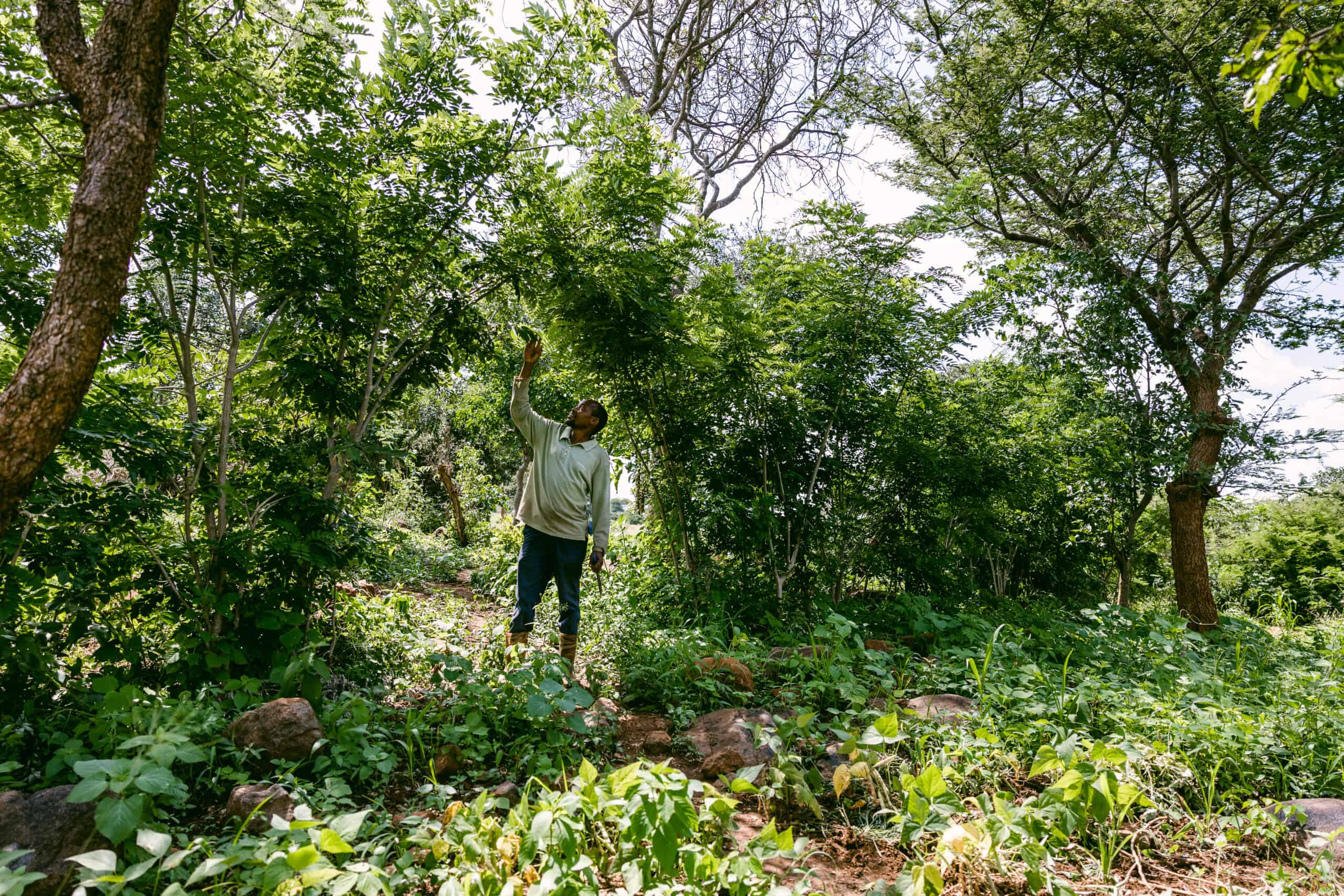
Trees for the Future (TREES) is meeting the challenge head on. Through their Forest Garden Approach, TREES is proving that farmers can work with the land to restore and protect it. At the same time, they’re able to produce even more food and resources to eat and sell than through traditional, industrialized farming methods. What’s more, the climate-smart techniques farmers are using help mitigate the effects of climate change. So, farmers are able to withstand challenges like extreme heat and extended drought.
Quick Stats: Environmental Benefits of the Forest Garden
Restored Tree Cover
The average one-acre Forest Garden is home to 2,500 – 4,000 trees. These trees are native or naturalized and serve as protection for the soil and crops in the Forest Garden. Many of the trees are also sources of food (fruit and nut trees) and resources (timber, fodder, and fuel).
Carbon Sequestration
The average Forest Garden offsets 144.64 metric tons of carbon dioxide (CO2) per acre over 20 years. The carbon is stored in the trees, plants, and soil. Learn more about Forest Gardens and carbon.
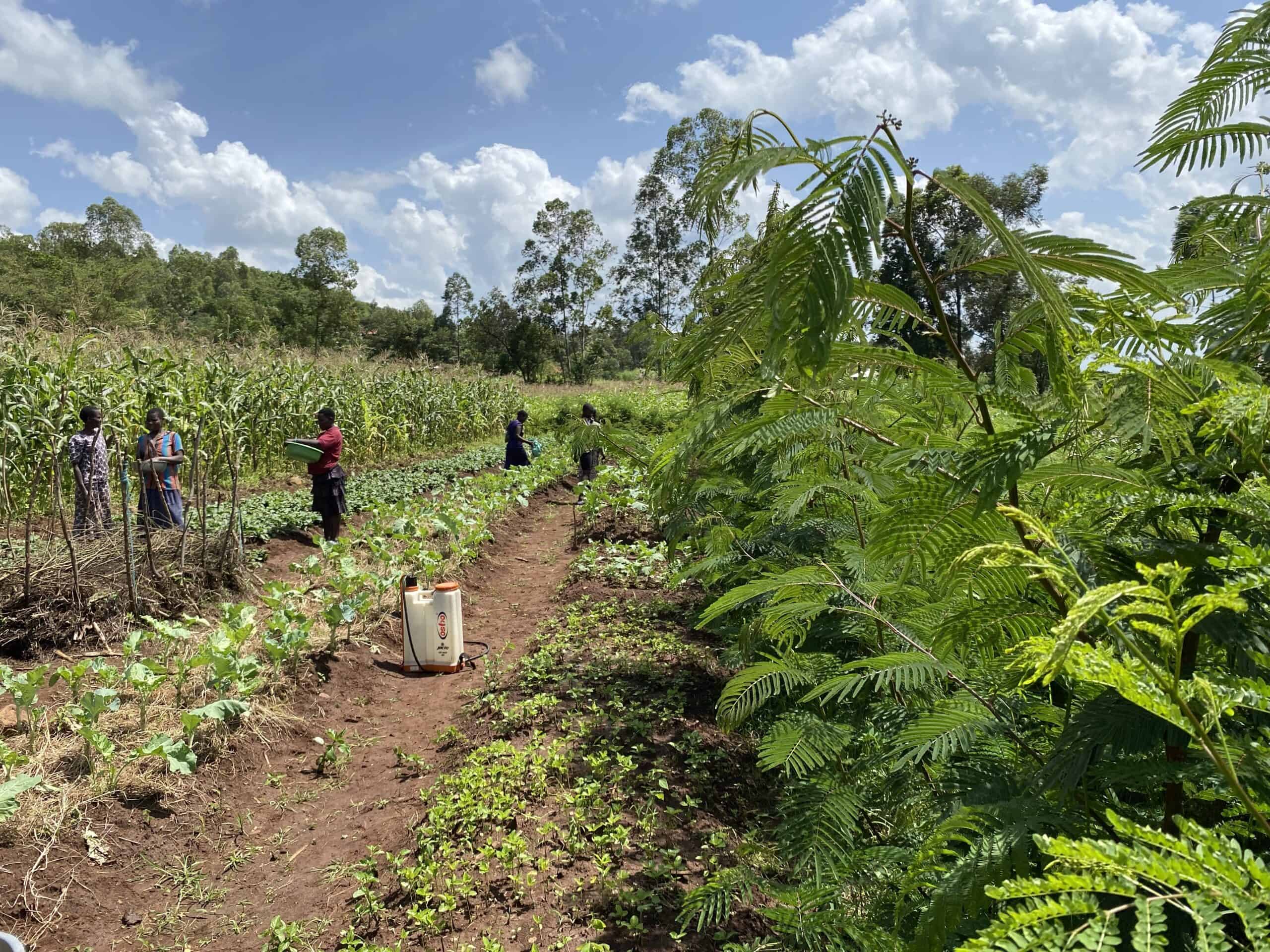
Climate Change Mitigation
Farmers implement climate-smart techniques in their Forest Gardens, helping to protect themselves from extreme heat, drought, and unpredictable weather events due to climate change. For example, in regions now more prone to flooding, TREES staff teach farmers to build earthworks and grow protective grasses and crops to redirect water in the rainy season.
Improved Biodiversity
Farmers learn to diversify what they grow so that they have something to rely on year-round. When farmers enter the program, they are typically growing one or two crops. By the time they graduate, they are growing dozens of species. As plant diversity increases, so does animal diversity and overall biodiversity. TREES is currently working with Rainforest Connection to measure increased biodiversity in Kenyan Forest Gardens using sound recordings.
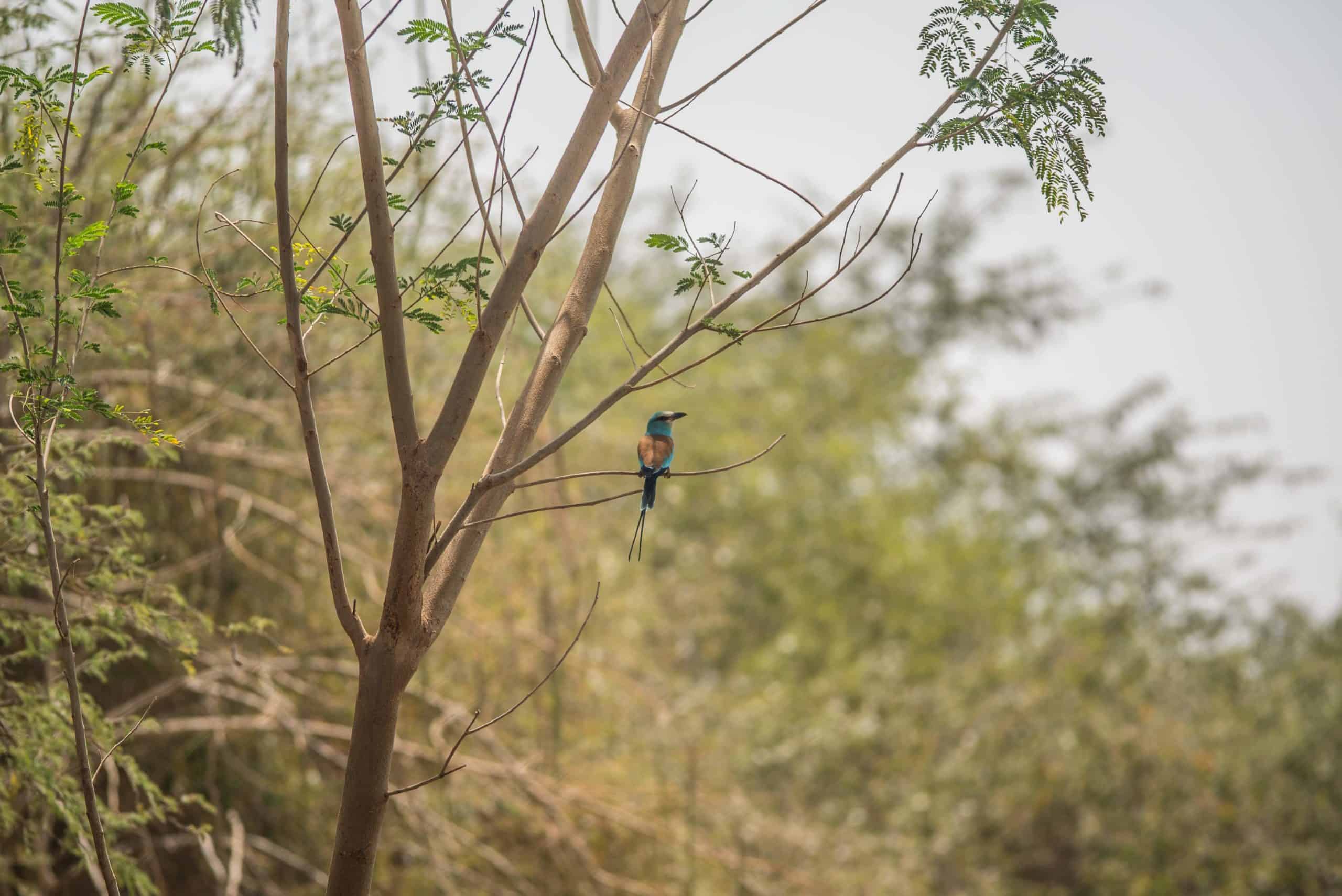
Quick Stats: Socio-economic Benefits of the Forest Garden
Increased Nutrition & Dietary Diversity
With their increased crop diversity, farmers experience a dramatic increase in dietary diversity and access to nutrition. After just two years in TREES’ program, farming families exceed the global target for food security and they’re able to meet the goal for household dietary diversity by year three. On average, farmers see a 76% Increase in access to yellow & orange fruits and vegetables during the lean season.

Increased Income
Not only do farmers have more to eat, they also have more to sell. Farmers are typically growing one or two crops when they enter the program. By the time they graduate, they’re growing an average of 16 crops. in their Forest Gardens and are able to double their income through produce sales alone.
Diversified Earning Potential
With their increased income, farmers are able to invest in themselves. Farmers are encouraged to explore other streams of revenue. Honey businesses, organic fertilizers, fodder sales, and even restaurants are all businesses started by Forest Garden farmers in the program.
Opportunity for Women & Children
At least 30% of program participants at TREES are women. Staff work to ensure that female farmers are gaining opportunities in a region and industry where they often don’t. In going through the program, women are becoming leaders in their communities and in the sustainable agriculture movement. Their children are also gaining more opportunity. With increased incomes, farming families report being able to send their kids to school and even university.
Restoring the Relationship Between Food Systems and the Environment
To date, TREES has trained more than 40,000 farmers across sub-Saharan Africa in the Forest Garden Approach. The team is reaching those most vulnerable to the challenges created by the food system and climate change. Farmers facing high temperatures, desertification, and drought now have the tools they need to restore their land and contribute to its long-term protection.
Forest Garden farmers are actively breaking the destructive cycle of land degradation and creating a more promising future for agriculture, farmers, and the food system as a whole.
Help TREES staff reach more farmers and improve our food systems and environment. Donate today.
